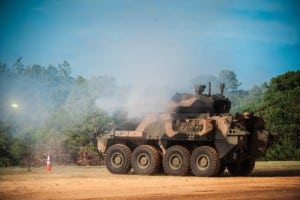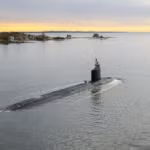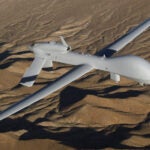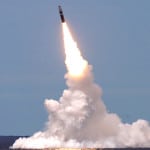
Now funded and fully operational, the Army expects some quick wins from the teams it set up to tackle its most pressing modernization priorities, though some technical nuts will be harder to crack than others, according to service officials.Even though its new Futures Command should be up and running this summer, the Army “can’t wait for Futures Command,” Secretary Mark Esper told reporters Feb. 15 at the Pentagon.There are a number of programs where prototyping already has opened the Army’s…

 By
By 











